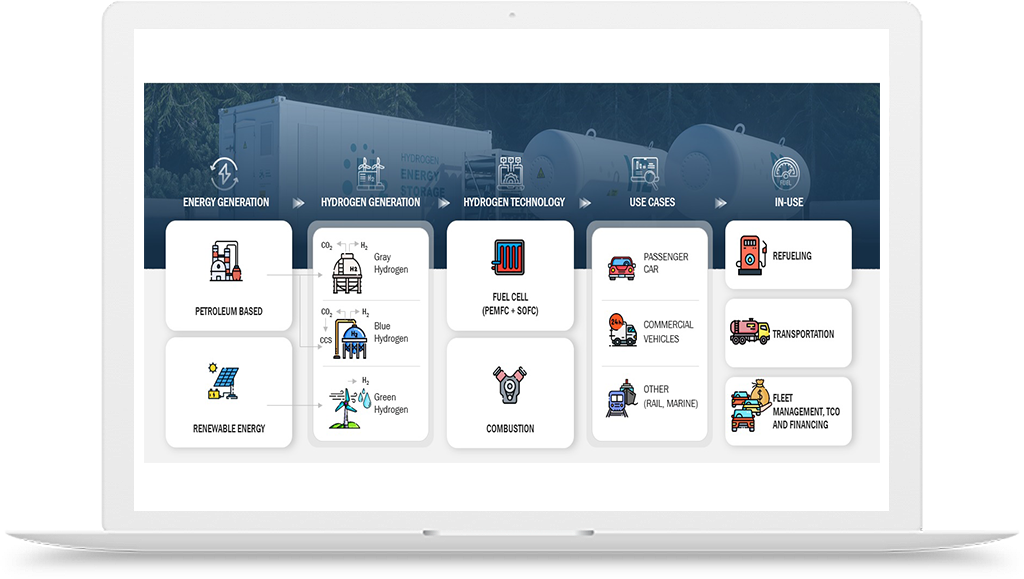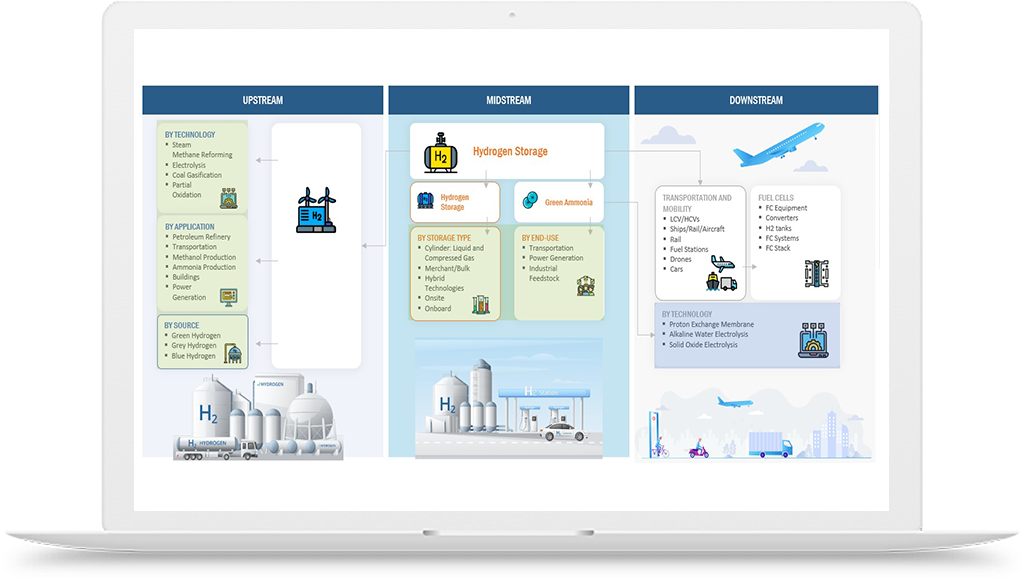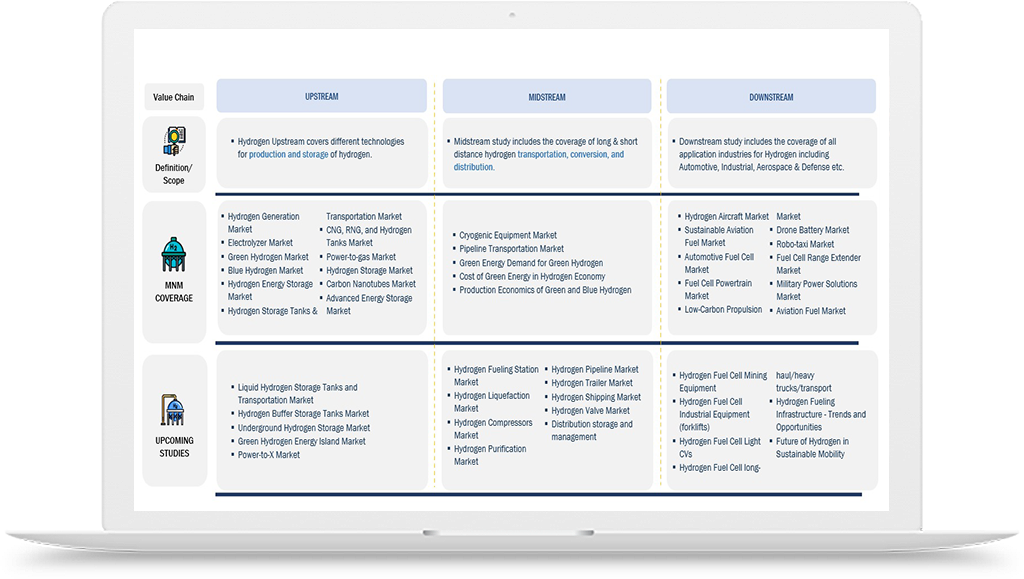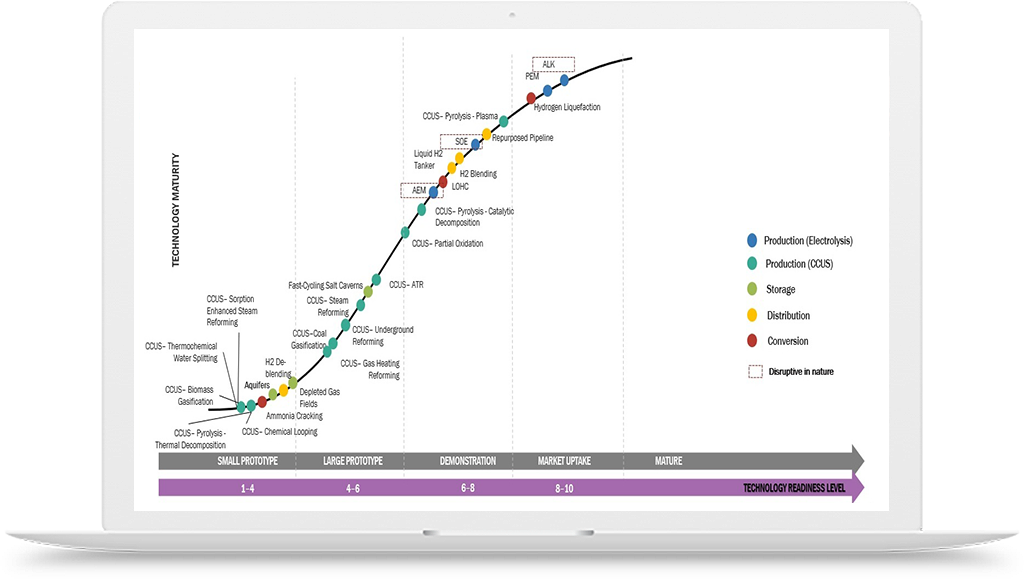Comparison of Hydrogen with ICE/Battery technologies
Predicting the exact timeline for the hydrogen market to reach parity with existing internal combustion engine (ICE) and battery technologies is challenging due to various factors, including technological advancements, infrastructure development, and market dynamics. However, we can analyze the current trends and developments to provide a general understanding of when this parity might be achieved.
Cost Competitiveness:
One of the key considerations for reaching parity is the cost competitiveness of hydrogen compared to ICE and battery technologies. At present, hydrogen is generally more expensive than traditional fuels or battery-powered solutions. However, advancements in technology and economies of scale are expected to drive down the costs of hydrogen production, storage, and distribution.
- Electrolysis Efficiency: Electrolysis, the process of splitting water into hydrogen and oxygen, is a common method of hydrogen production. Improvements in electrolysis efficiency, such as the development of advanced electrolyzer technologies and the utilization of renewable energy sources, can significantly reduce the cost of hydrogen production.
- Scaling Up Infrastructure: As the hydrogen infrastructure expands, economies of scale can be realized, leading to cost reductions. Increased demand for hydrogen across various sectors, including transportation and industry, will encourage the build-out of hydrogen production facilities, storage systems, and refueling stations, which can contribute to cost parity.
- Technological Advancements: Ongoing research and development efforts are focused on enhancing hydrogen storage and delivery systems, fuel cell efficiency, and overall system integration. Breakthroughs in these areas can drive down the overall cost of hydrogen-based solutions, making them more competitive with ICE and battery technologies.
Market Adoption and Policy Support:
The pace of market adoption and government policies play a crucial role in reaching parity between hydrogen and existing technologies.
- Government Support: Many countries and regions have recognized the potential of hydrogen and have initiated policies and incentives to promote its adoption. Financial incentives, research funding, and supportive regulations can accelerate the development and deployment of hydrogen technologies, helping to bridge the cost gap with ICE and battery solutions.
- Sector-Specific Applications: Certain sectors, such as heavy-duty transportation, long-haul shipping, and industrial processes that require high energy density or extended range capabilities, may find hydrogen-based solutions more suitable than battery-powered alternatives. These sectors are likely to be early adopters of hydrogen technologies, further driving their development and cost competitiveness.
Technological Maturity and Infrastructure Development:
The maturity of hydrogen technologies and the availability of a robust infrastructure are crucial for reaching parity with existing technologies.
- Fuel Cell Efficiency: Advancements in fuel cell technology can improve the overall efficiency of hydrogen-based systems, making them more attractive in terms of energy conversion and performance. Higher efficiency means that less hydrogen is needed to achieve the same level of power output, which can contribute to cost parity.
- Infrastructure Build-out: The development of a comprehensive hydrogen infrastructure, including production, storage, distribution, and refueling stations, is essential. As the infrastructure network expands and becomes more accessible, the barriers to entry for hydrogen-based technologies will be reduced, leading to increased adoption and potentially reaching parity with existing technologies.
















